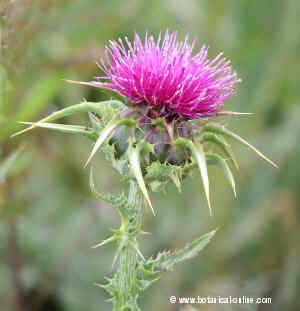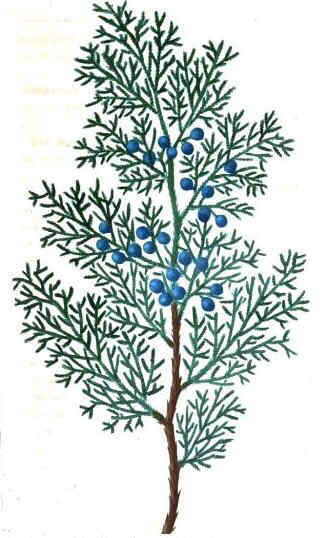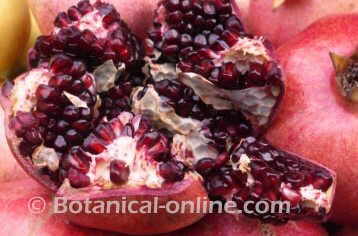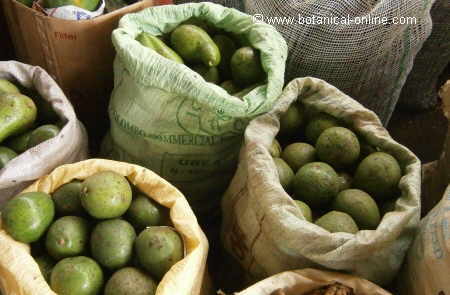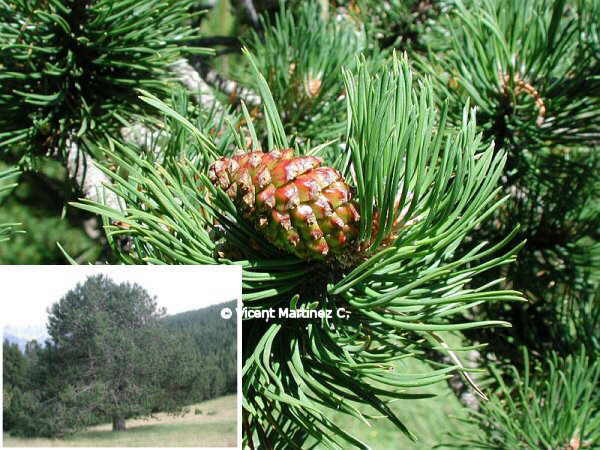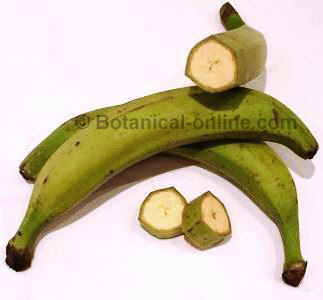Contents
- 1 What are vaporized essential oils and what are they for?
- 1.1 What does vaporized essential oils mean?
- 1.2 What are chemotyped oils?
- 1.3 Price of vaporized essential oils
- 1.4 Are essential oils fats?
- 1.5 Are vaporized essential oils cold drawn or distilled?
- 1.6 Uses of vaporized essential oils
- 1.7 How to use vaporized essential oils
- 1.8 Where to buy vaporized essential oils
What are vaporized essential oils and what are they for?
What does vaporized essential oils mean?
Vaporized essential oils are synonymous with pure essential oils (aromatic plant extracts by distillation). These are fat extractions from plants that contain highly volatile components and have a pleasant aroma.
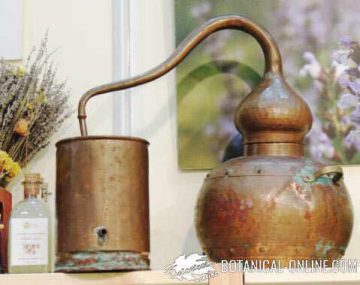
These are normally used by the cosmetic and perfume industry to create fragrances or air fresheners. They can also be used in aromatherapy. These are obtained by steam distillation, with some exceptions.
What are chemotyped oils?
The composition of the essential oils of the plants can vary slightly depending on the cultivation of that plant. A wild rosemary does not have the same aroma as a rosemary grown in a garden. This is because, precisely, essential oils are phytochemicals that the plant produces as a defense mechanism against pests, drought, or other environmental conditions (more information).
Due to the difference in composition that essential oils from plants of the same species can present, the chemotyped commercial concept has been created to say that the

composition of such essential oil is known 100%, without changes between one product and another. On the label of “chemotyped” products, it will be possible to read exactly what components said this essential oil contains (thymol, menthol, cineole, lupeol, …).
Price of vaporized essential oils
Essential oils are often expensive, because large amounts of plant are needed to produce only “a little” essential oil. The price of essential oil depends on the type of essential oil in question, since not all plants have the same concentration of essential oils.
In stores there are glass jars with various fragrances, which are marketed as air fresheners. These usually contain essential oils dissolved in some other medium, such as an oil, which lowers their price. For this reason, scent oils can be a bit cheaper than pure essential oils.
Are essential oils fats?
Essential oils are a type of “special” fats. Although they are called oils, they are not exactly oils (in the sense of the ones we use for cooking), since they do not contain fatty acids, but terpenoids and other unsaponifiable substances.
If you are not clear about the differences between both types of fats, or what is the same, if you do not know what difference exists between, for example, rosemary oil and rosemary essential oil, we recommend the following reading about their differences.
Are vaporized essential oils cold drawn or distilled?
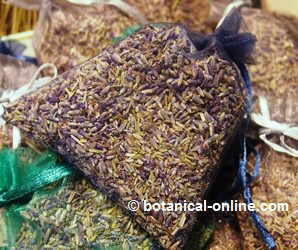
All essential oils are obtained by distillation, using special utensils such as the alembic. There are also other techniques such as expression and solvent extraction. One type or another of extraction is chosen depending on the nature of the essential oil and the plant.
The subject of cold or refined extraction is used only for vegetable oils (such as sesame oil, almond oil…), not for obtaining essential oils.
Uses of vaporized essential oils
Vaporized essential oils can be used to:
- Aromatherapy treatments
- Air fresheners
- Create cosmetic or perfume fragrances (See how to make homemade perfume)
How to use vaporized essential oils
Vaporized essential oils can be used at home or in therapies led by a suitably qualified therapist. It is recommended to read the packaging to see the dose to apply, which will depend on the concentration of the essential oil.
Where to buy vaporized essential oils
Vaporized essential oils can be purchased at herbalists and specialty stores.
*More information: Contraindications of essential oils
![]() More information on essential oils
More information on essential oils

